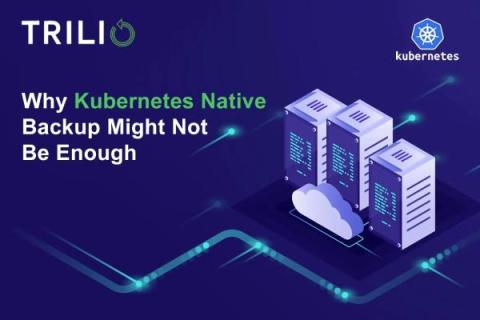Why Kubernetes Native Backup Might Not Be Enough
Chances are, if you’re involved in software development, you’ve worked with Kubernetes or at least discussed it. Widespread adoption is not surprising since it’s caused by its ability to offer organizations flexibility in application deployment, scaling, and management. However, the inherent complexities of Kubernetes environments also give rise to unique data protection challenges.





